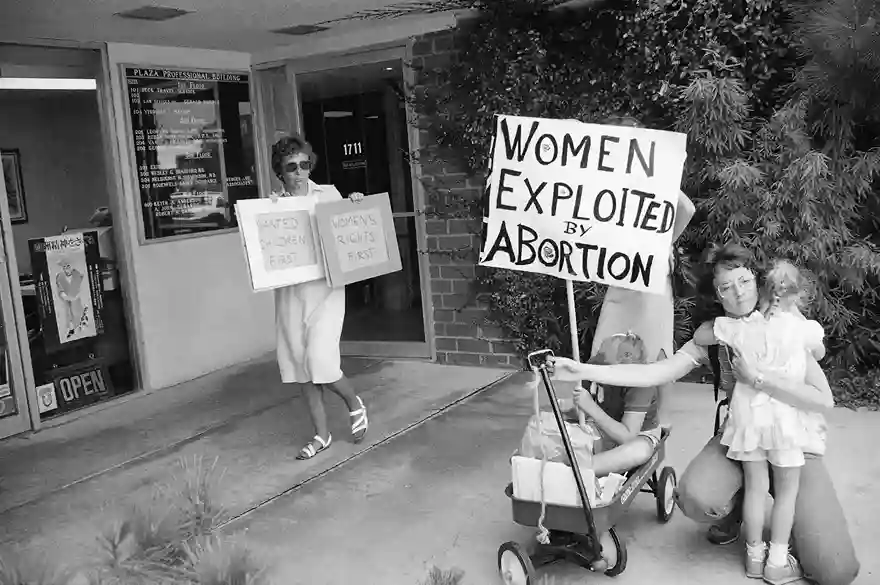Few issues generate as much controversy as abortion. From late-night forum debates in the early 2000s to U.S. Supreme Court hearings, people continue to argue about a central question: When does life begin, and whose rights should take priority? This blog explores these questions through the lens of landmark abortion cases such as Roe v. Wade (1973), Planned Parenthood v. Casey (1992), and Dobbs v. Jackson Women’s Health Organization (2022)—and the everyday arguments that mirror them.
The Heart of the Debate: Defining “Life”
In the forum discussion, one participant argued that fetuses are “obviously alive” because their organs are developing and they grow like flowers. Another countered that until self-awareness is achieved, “intelligence” cannot be assigned. Courts have faced similar questions:
- In Roe v. Wade, the Court avoided defining when life begins, instead grounding its decision in a woman’s right to privacy.
- In Casey, the Court emphasized viability—the stage at which a fetus could survive outside the womb—as the constitutional threshold for state regulation.
- In Dobbs, the Court abandoned the viability standard, leaving abortion regulation to individual states.
Medical Ethics and Viability
The forum users clashed over procedures like late-term abortion, with critics asking why “jamming scissors into the back of the neck of the fetus” would ever be medically necessary. These graphic debates mirror real-world arguments in Congress and courts about partial-birth abortion bans and fetal viability.
- Courts have historically allowed restrictions on later-term abortions so long as exceptions exist for the health of the mother.
- The question remains: At what point does protecting potential life outweigh protecting the woman’s autonomy?
Professional Standards and Malpractice
One forum user cited Dr. Bernard Nathanson, a former abortion provider turned pro-life activist, claiming abortionists were “the bottom of the medical barrel.” Others demanded neutral evidence of malpractice claims. Similarly, in real-world policy, abortion providers have faced heightened scrutiny through Targeted Regulation of Abortion Providers (TRAP) laws, often framed as protecting women’s health but criticized as thinly veiled attempts to shut clinics down.
Violence and Protest
The forum also reflected on the tragic reality that some pro-life activists have resorted to violence, including the murder of abortion doctors. Participants debated whether protestors harassing providers was justified or whether such actions undermined moral credibility. Courts have intervened on this front too:
- Schenck v. Pro-Choice Network (1997) – upheld certain “buffer zones” around clinics to protect patients and staff.
- McCullen v. Coakley (2014) – struck down overly broad buffer zones, balancing free speech with patient safety.
The Broader Cultural Divide
The forum debate descended into sarcasm, insults, and eye-rolling—illustrating just how polarized this issue has always been. Online or in court, abortion remains less about legal technicalities and more about deeply held moral and philosophical beliefs.
Conclusion
From old internet forums to Supreme Court rulings, the abortion debate circles back to the same unresolved question: When does life begin, and who gets to decide? The law has shifted over time—from Roe’s privacy framework, to Casey’s viability test, to Dobbs’ state-based approach—but the fundamental clash between individual rights and moral conviction remains.
As society continues to grapple with these questions, one thing is clear: arguments made in anonymous online debates echo all the way up to the nation’s highest courts.




